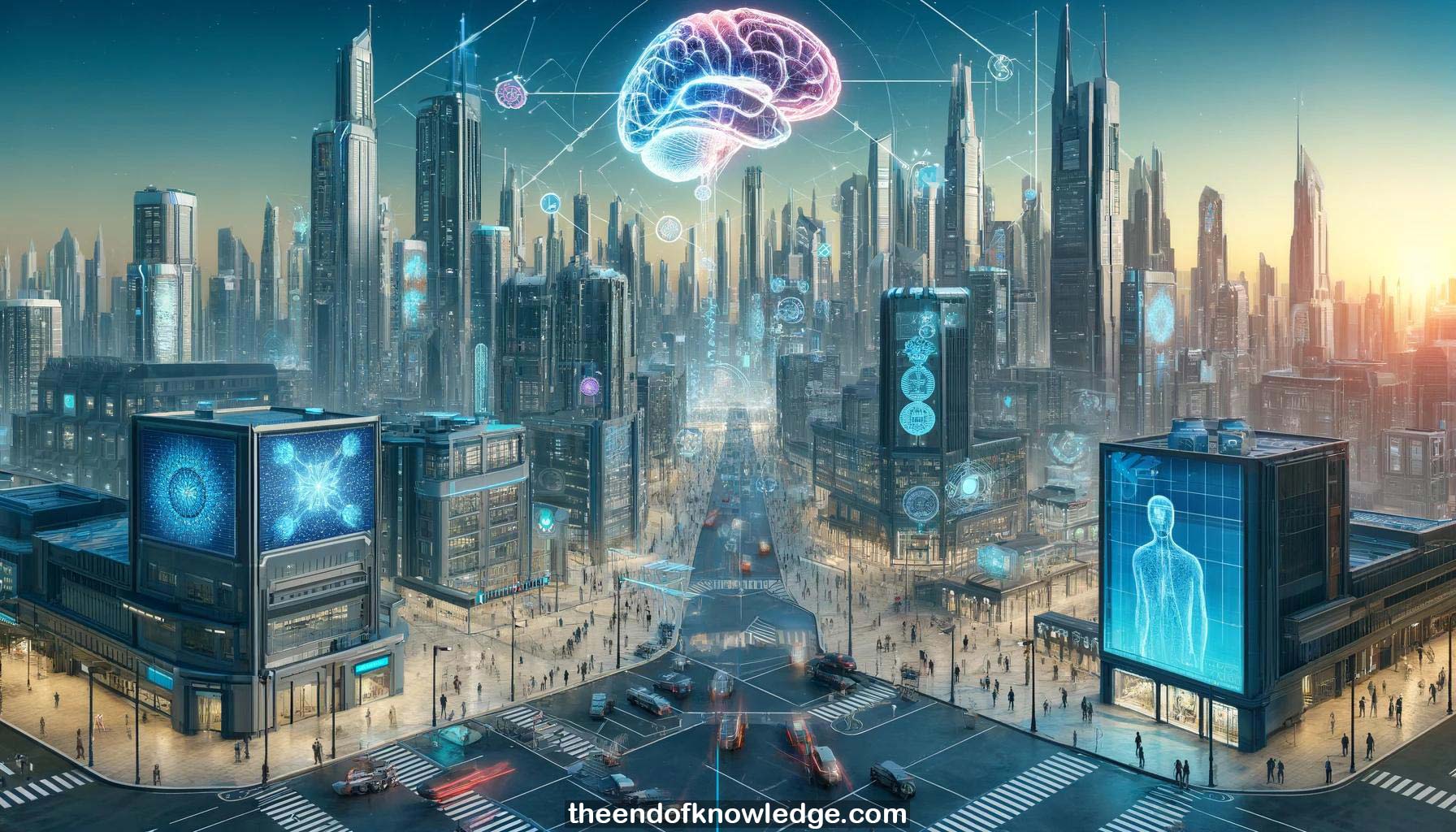 >
>
Concept Graph & Resume using Claude 3 Opus | Chat GPT4 | Llama 3:
Resume:
1.- Firas Safieddine combines interests in new technologies, NeuroTechX hackathons, and architecture, exploring how they intersect and influence each other.
2.- The brain becomes the next medium in architecture, allowing for direct interfacing to produce experiences.
3.- Biosensing provides access to emotions, psychological states, and mental states, which can be correlated with environmental factors.
4.- An experiment was conducted to measure emotional states and affordances in different urban environments.
5.- AI and user input were used as design agents to generate healthcare spaces, optimizing for happiness, surprise, and focus.
6.- Images were transformed into 3D spaces and users' EEG responses were measured inside VR to understand their feelings.
7.- Research studio focuses on redefining neuroinflammation in response to environmental stresses using biophilic design.
8.- Biophilic design patterns, biosensing metrics, and design parameters are studied to influence neural stress and inflammation.
9.- Experiments were conducted in office spaces, tweaking parameters like light, greenery, and openings based on EEG data.
10.- A wearable prototype was developed to integrate EEG and environmental sensors for real-time monitoring and space improvement.
11.- Augmented reality scenarios were created to project layers that improve office environments without physical changes.
12.- Another research combines neurotechnology, AI, and VR to generate environments based on user EEG data.
13.- User-centric approach and generative AI in VR allow users to tweak environments directly with their EEG.
14.- Spatial parameters are quantified and correlated with EEG readings to understand the impact of space on feelings.
15.- Various AI models are used to generate images, 3D meshes, and spaces from text prompts.
16.- The research cycle involves generating spaces, experiencing them in VR with EEG, and analyzing the data.
17.- Frequency bands from EEG are integrated with the VR experience to understand the relationship between space and brain activity.
18.- AI-generated spaces change and adapt based on the user's EEG data while immersed in VR.
19.- The research capitalizes on AI content gamification to produce adaptive environments that respond to neural activity.
20.- Firas advocates for every architectural school to have a neurotechnology lab to explore these intersections.
21.- A hero game is being developed with G.Tec where the user can shoot targets based on their focus level.
22.- The journey started with designing research tools and devices, which evolved into mapping urban environments' impact on people.
23.- The research extends into academia, with students working on projects combining neurotechnology, AR/VR, and architecture.
24.- Gamification plays a significant role in exploring the potential of neurotechnology in architectural design.
25.- Future research aims to understand how neurodiverse individuals, including those with ADHD, respond to designed environments.
26.- The shooting game mechanic is used to represent stealing ideas or brains based on focus levels.
27.- Gaze scattering and Luma are used for reconstructing depth data from images and videos.
28.- The current student projects will continue for three months, with plans to establish a long-term research line.
29.- The research aims to generate environments directly from EEG data, creating a feedback loop between human and space.
30.- NeuroTechX hackathons have proven successful in bringing the community together and fostering innovation at the intersection of neuroscience and technology.
Knowledge Vault built byDavid Vivancos 2024